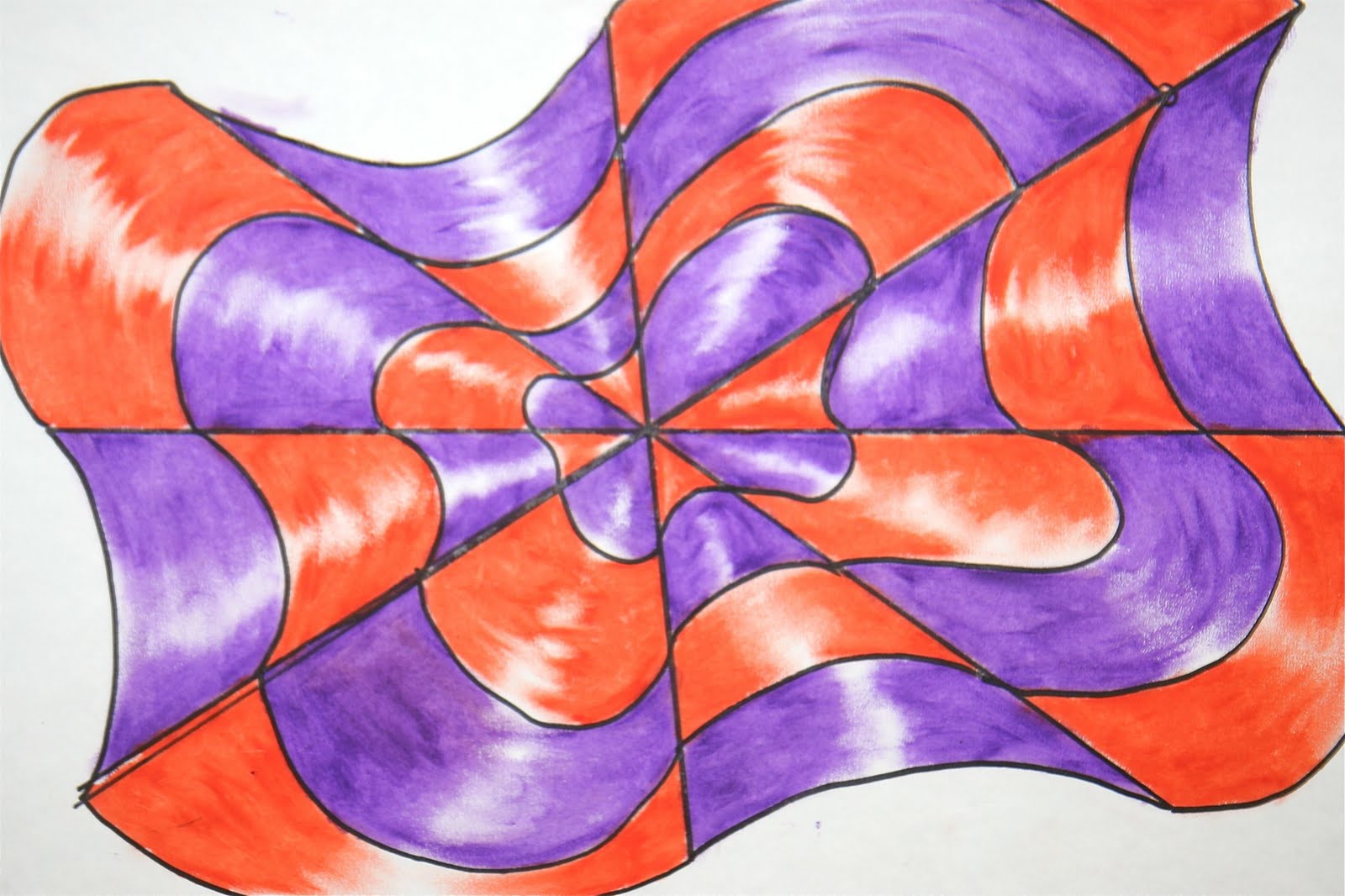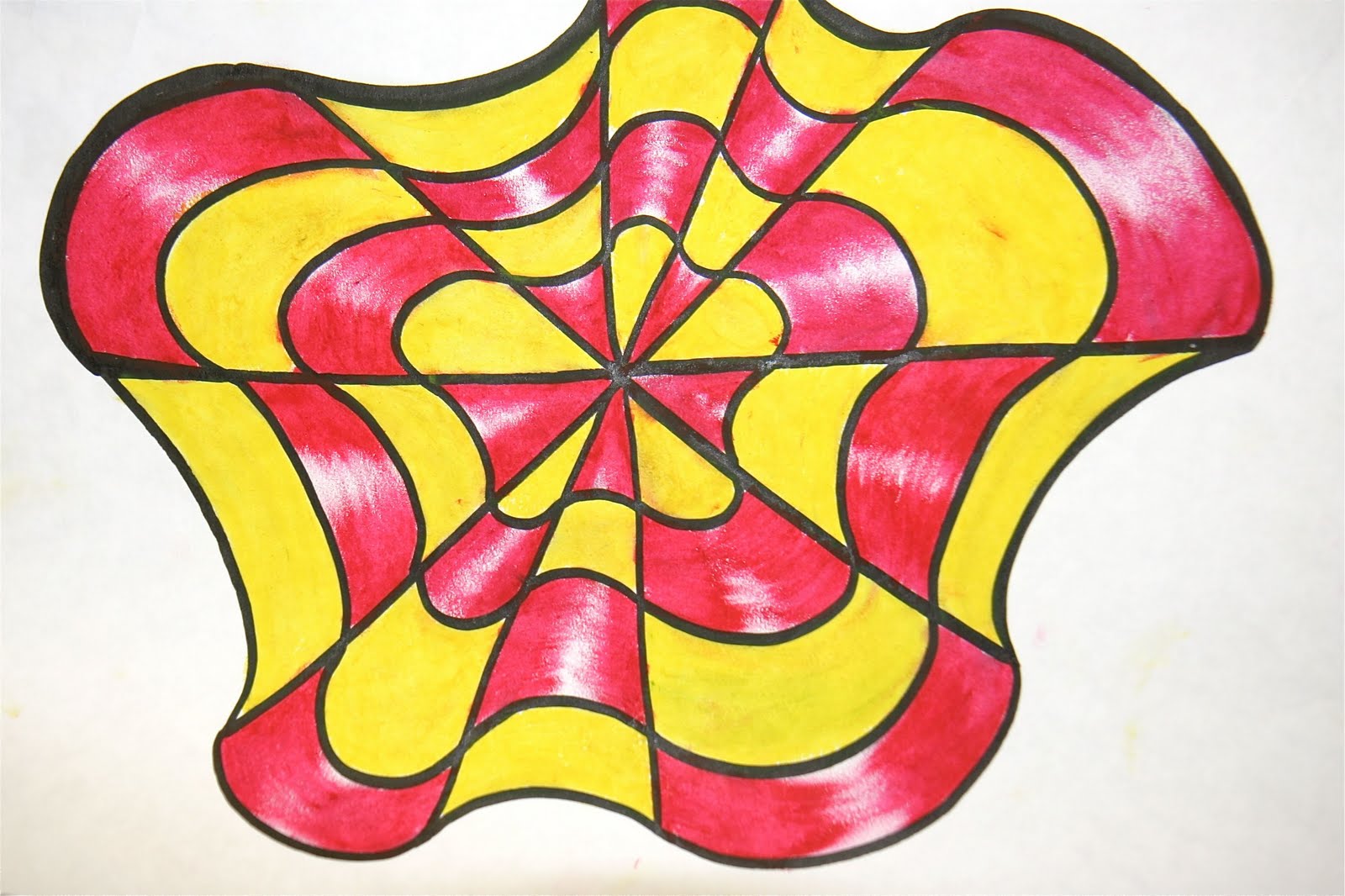Illusion drawings are a captivating form of art that challenges our perceptions and invites us to see beyond the surface. These drawings often create a three-dimensional effect on a two-dimensional surface, engaging the viewer's mind and creating a sense of wonder. The skillful manipulation of lines, shapes, and shadow allows artists to produce works that can be both mesmerizing and perplexing, leaving us questioning what we see. As we delve deeper into the realm of illusion drawings, we’ll uncover the techniques behind these stunning artworks and the minds that create them.
From the mesmerizing works of M.C. Escher to the interactive pieces of contemporary artists, illusion drawings have a rich history and a vibrant presence in the modern art world. They not only showcase artistic talent but also invite viewers to engage in a visual dialogue, sparking curiosity and encouraging exploration. This article will explore various aspects of illusion drawings, including their history, techniques, and notable artists, as well as how anyone can start creating their own illusions.
Whether you are an art enthusiast, a budding artist, or simply curious about the intricacies of visual perception, the world of illusion drawings offers something for everyone. Join us as we embark on a journey through the mesmerizing landscape of illusion art, where reality and imagination intertwine in the most unexpected ways.
What Are Illusion Drawings?
Illusion drawings are artistic creations that utilize various techniques to create an optical illusion. These illusions can trick the viewer's eye, making flat images appear three-dimensional, or causing shapes to seem to move or morph. The ability of these drawings to deceive our visual perception is what makes them so fascinating.
How Do Artists Create Illusion Drawings?
Artists use several techniques to craft illusion drawings, including:
- Line Work: Strategic placement of lines can create depth and dimension.
- Shading: Proper shading techniques can enhance the three-dimensional appearance of the drawing.
- Perspective: Utilizing linear perspective helps in creating the illusion of distance.
- Contrasting Colors: Colors can affect how shapes are perceived, adding to the illusion.
Who Are the Most Famous Illusion Artists?
Throughout history, many artists have gained recognition for their extraordinary illusion drawings. Here are a few notable figures:
M.C. Escher: The Master of Mathematical Art
M.C. Escher is perhaps the most famous artist associated with illusion drawings. His works often feature impossible constructions, explorations of infinity, and tessellations. Escher's unique ability to blend mathematics with art allows him to create stunning visual paradoxes that captivate viewers worldwide.
Biography of M.C. Escher
| Detail | Information |
|---|---|
| Full Name | Maurits Cornelis Escher |
| Birth Date | June 17, 1898 |
| Birth Place | Leeuwarden, Netherlands |
| Death Date | March 27, 1972 |
| Occupation | Graphic Artist |
| Notable Works | Relativity, Waterfall, and Metamorphosis |
Other Notable Illusion Artists
In addition to M.C. Escher, several other artists have made significant contributions to the field of illusion drawings:
- Bridget Riley: Known for her work in op art, Riley creates dynamic patterns that play tricks on the viewer’s eye.
- Victor Vasarely: Often considered the father of op art, Vasarely's vibrant works manipulate color and shape to create visual illusions.
- John McEscher: A contemporary artist who uses modern technology to create intricate illusion drawings that often incorporate digital elements.
What Are Some Techniques for Creating Your Own Illusion Drawings?
If you're inspired to create your own illusion drawings, consider these techniques:
- Start with Basic Shapes: Familiarize yourself with basic geometric shapes and how they can be manipulated.
- Use Shading: Practice shading techniques to give depth to your drawings.
- Experiment with Perspective: Learn about linear perspective and how to apply it to your artwork.
- Study Famous Works: Analyze illusion drawings by established artists to understand their techniques.
Why Are Illusion Drawings Important in the Art World?
Illusion drawings hold significant importance in the art world for several reasons:
- Engagement: They engage viewers in a unique way, prompting them to question their perceptions.
- Innovation: Artists often push boundaries with illusion techniques, leading to new styles and concepts.
- Interdisciplinary Influence: Illusion art intersects with mathematics, psychology, and philosophy, enriching various fields of study.
How Can You Appreciate Illusion Drawings?
To fully appreciate illusion drawings, consider the following:
- Take Your Time: Spend time observing the details in the artwork.
- Look from Different Angles: Change your viewpoint to see how the illusion transforms.
- Research the Artist: Understanding the artist's background and techniques can deepen your appreciation.
Conclusion: The Lasting Impact of Illusion Drawings
Illusion drawings are more than just clever tricks of the eye; they are a profound expression of creativity and intellect. These artworks invite viewers to engage in a dialogue about perception and reality, challenging us to see beyond the obvious. As we continue to explore this captivating art form, we uncover the boundless potential of human imagination and skill. Whether you’re an artist or an admirer, the world of illusion drawings offers endless inspiration and wonder.




